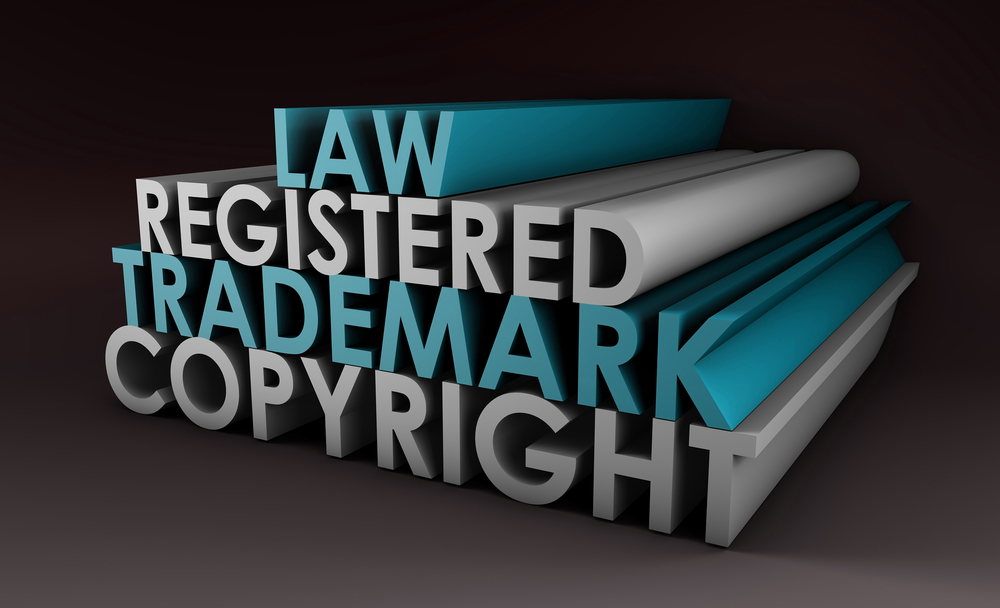Many companies take the time to protect their logos with US trademark registration, but certain logos with original artwork can benefit from another level of protection: a US copyright registration.
A copyright is also something to consider if the US Patent and Trademark Office (USPTO) refuses to register your trademark. It’s possible that US copyright law may still be able to provide legal protection.
Let’s take a look at which logos are eligible and why you might want to take this additional step.
Determining Your Logo’s Eligibility for Copyright Protection
Not all logos are eligible for copyright, and not all elements of a trademark are eligible.
The US Copyright Office will not register trademarks, logos, or labels that are just words, for example. You also cannot register mere scripting or lettering, handwritten words or signatures, or mere use of different fonts or functional colors, frames, or borders (either standing alone or in combination).
The eligible elements of trademarks under copyright law are:
- Graphic representations of characters
- Pictorial and graphic elements used in trademark
For example, Disney characters (e.g., Mickey Mouse, Donald Duck), the Pillsbury Dough Boy, and Mr. Peanut for the brand Planter’s Peanuts are all logos eligible for trademark and copyright registration. Even some much simpler logos have been approved for registration by the US Copyright Office, including Car Credit City and the Baltimore Ravens.
The Benefits of Copyright Protection for Your Logo
If you believe your logo may be eligible, the next question is: why bother with a copyright registration? Here are a few of the benefits.
A copyrighted matter on a label, container, or advertisement may be infringed without trademark infringement being present.
In some cases, it may be easier to meet the test for copyright infringement than the test for trademark infringement.
This is because copyrights are designed to protect creativity. The focus is primarily on the similarity of the works. Trademarks, however, are designed to avoid consumer confusion, so the test goes beyond the similarity of the works to include the relatedness of the goods on which the marks are used, the strength of the trademark owner’s mark, and overlap in marketing channels, as well as intent and evidence of actual confusion.
You may also be able to use your copyright to stop trademark use in countries where you do not or cannot establish trademark rights.
Trademark infringement may occur without any copyright infringement.
Even though the test for copyright infringement may be easier to meet, it is still important to protect your logos with US trademark registration.
As mentioned, copyright only protects graphic representations of characters and pictorial and graphic elements used in trademarks. The other elements of your logo may not be protected. For example, you may have a trademark infringement in regard to the words in the mark but the infringer may use the words with a different logo or label. So you would need to prove trademark infringement in regard to the word mark.
Copyright law is not concerned with whether a graphic work is distinctive or not.
In order to qualify for copyright registration, the artwork must be original, which means passing two requirements: independent creation and a minimum level of creativity. The Supreme Court established that the level of creativity required for copyright protection is “extremely low; even a slight amount will suffice.” (Feist Publications v. Rural Telephone Service Co., 499 U.S. 340 1991)
The bar for trademark registration is higher. You must show that the logo is used to identify a source of goods or services. To be protected, trademarks must be suggestive, arbitrary, or fanciful. If a trademark is considered generic, it is not given trademark protections. If a trademark is considered merely descriptive, it is possible to register on the Supplemental Register. Merely descriptive marks sometimes acquire distinctiveness in the marketplace over time.
Copyright law can provide protection when USPTO refuses to register your trademark.
The USPTO will not register marks that identify products that are illegal under federal law (i.e. marijuana products), so a copyright registration may be the best or only option to gain legal protection.
Additionally, the USPTO will refuse to register a trademark if it believes the logo will cause consumer confusion as to the source of the products or services. Copyright law is not concerned with consumer confusion.
Summary
I recommend that owners of graphic trademarks consider the additional protections that US Copyright law can provide to their graphic trademarks. In particular, US Copyright law may protect a trademark when the elements of trademark infringement are not present – and that can make a big difference for protecting your brand.

